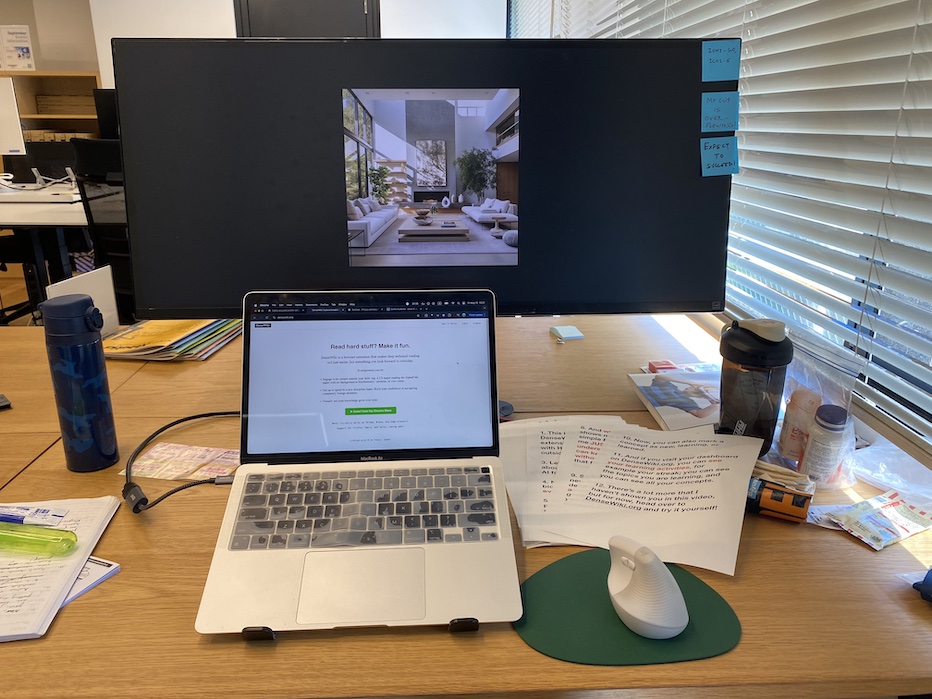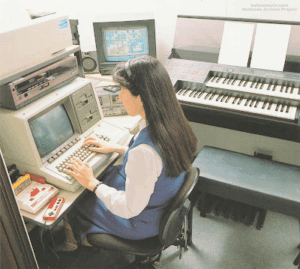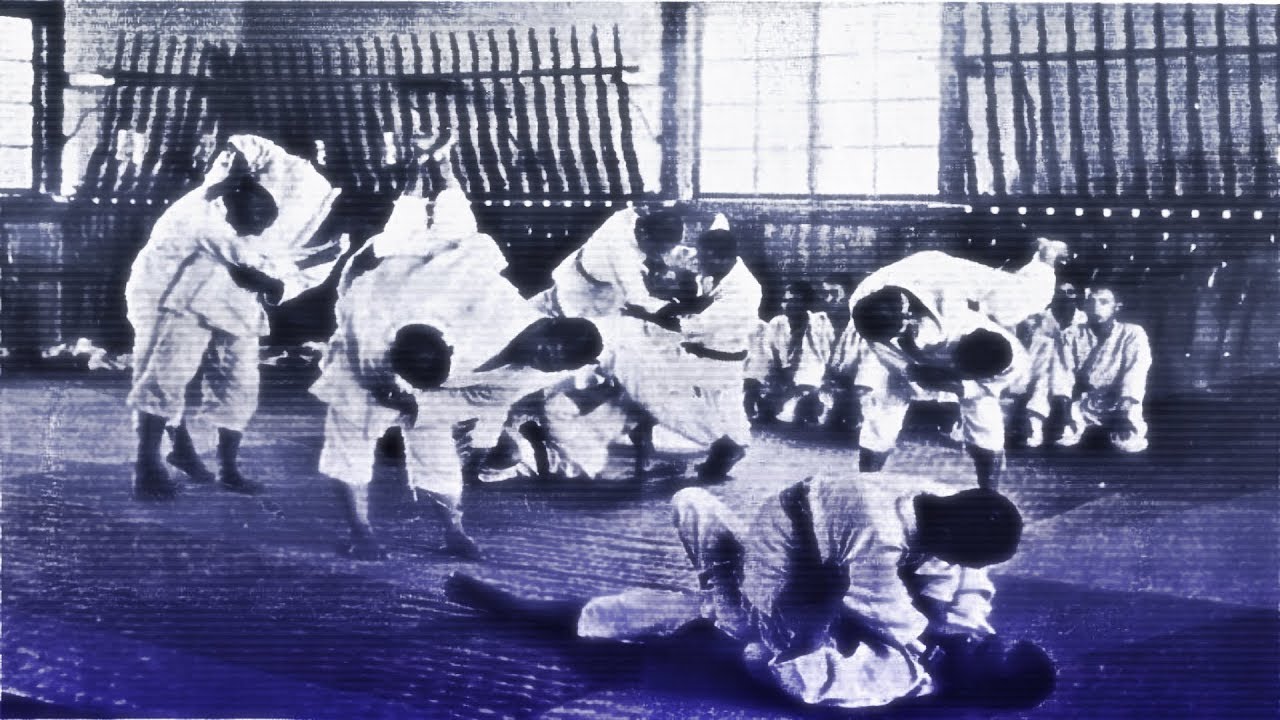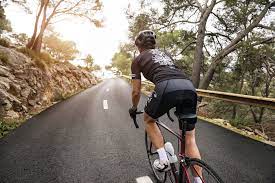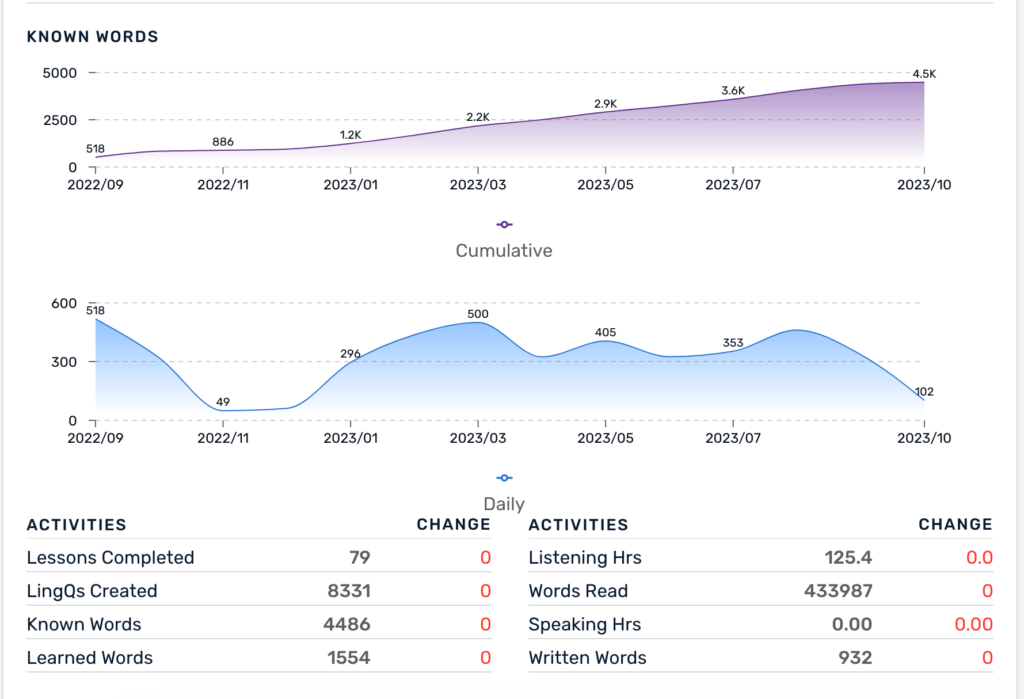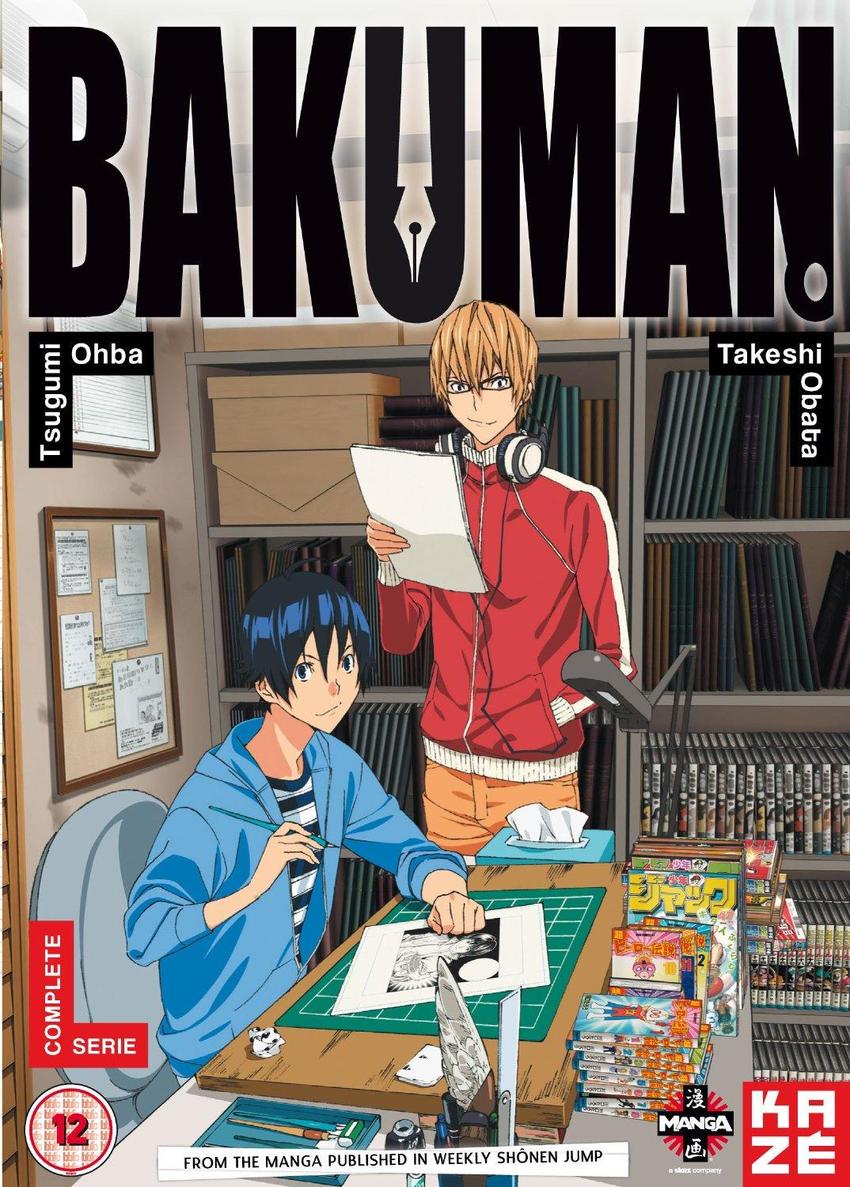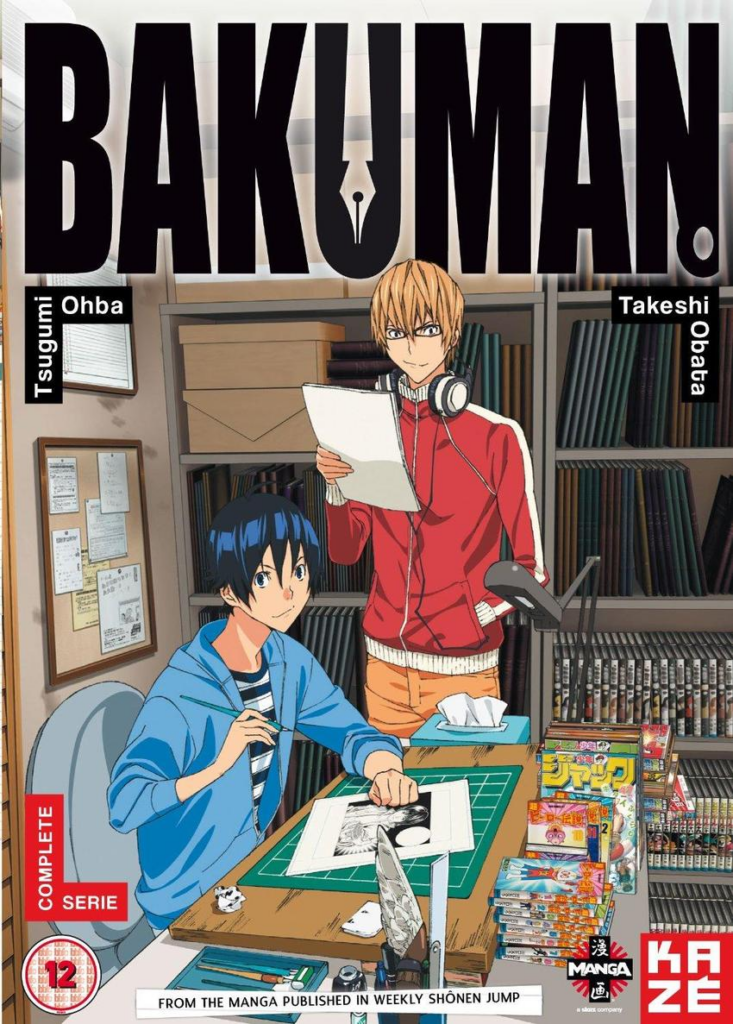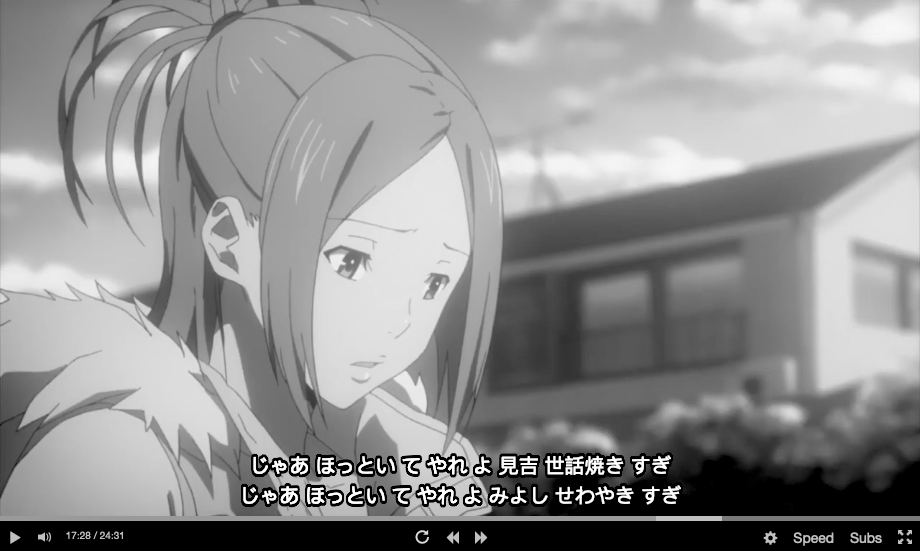It finally happened — the thing that I most feared could throw a wrench in my Judo journey at the Kodokan.
I got injured.
Specifically, it’s in my right wrist (my tsurite, which is all about the wrist action). I also have an injury in my left knee, and minor issues in my right elbow and right knee.
I feel frustrated, I feel angry, and I feel stupid. I also feel grateful.
First, I’m grateful because it could have been much worse. I’m glad that I didn’t break something major, and I can recover without surgery. I’m also extremely thankful to my classmates who think of me and check in with me often to see how I’m doing.
Aside from that, I’ve also been thinking about all the things I could have done to prevent my injuries:
Not neglecting warm ups? More sensible and consistent strength training? Listening to my body and not continuing to train when I first noticed the issues?
This is what bothers me most – not the injuries themselves, but rather the fact that I could have been more responsible.
So here’s what I’ve learned.
1. In Judo, warming up ALL your joints is un-fucking-negotiable.
Judo is an impact sport, and has many explosive movements. The tatami is also much harder than a wrestling mat.
If you don’t warm up (as I should have, diligently), the risks of getting an injury are much higher. Travis Stevens, the Olympic silver medalist in Judo and also a BJJ black belt, said that he never got ONE injury in BJJ — all his injuries are from Judo. That’s how much of a difference there is in the nature of the sports.
Over the last few months, I was one of the guys who came late to class and usually skipped the long warmups. I did a short one, mostly for my legs and spine, but it’s not nearly enough.
Even if you turn up late, you have to warm up all the joints that take a beating in Judo, and it only takes 10 minutes. There are many modalities for this, you have to listen to the experts (I believe the gymnastic prep is the best — they’ve really turned warming up into a beautiful science).
I personally like starting at the bottom and move my way to the top — feet (ankles and toes), knees, thighs and pelvis, spine, wrist, elbow, shoulders, and finally neck. And do some ukemi too.
And if you show up on time for class, of course you’ll do a traditional Judo warm up.
2. Strength training the smart way
For the longest time, my only interest in strength training was motivated by having big muscles that look good, and in being stronger than my competition.
Both were based on my ego. And I was impatient about “results,” thinking that strength was just a few months away.
I had heard from several REAL coaches in the fitness industry that the journey takes years, not months. But I had chosen to ignore their warnings.
I focused on progressive training for push ups, pull ups, and the like — doing low reps, which further irritate the joints.
Here’s what I’d tell myself now:
First, here’s some context for why the fitness journey takes years for most people (especially beginners).
If someone didn’t actively play many sports as a child and well into their teenage / early adult years, then they probably lack an extremely important thing that most people don’t even mention: an athletic foundation.
Athletic foundation has to do less with your muscles, and more with your tendons, ligaments, and joints.
I lack that foundation. I did play some sports recreationally, but I was a chubby kid. I wasn’t an athlete. Therefore, as an adult, I have to first go back to the basics and build the “inner strength” before I can even think about impressive numbers or good-looking muscles. (I’ll talk about my specific training regimen in a bit.)
Now, this might be pseudoscience, but I don’t care. For most “untrained individuals” (i.e. people who are training seriously for the first time in their life), it takes a while to get your mobility and flexibility (and stability) to a level where you’re ready to safely do heavy muscle-building strength training.
Your muscles will get stronger much faster than your joints, and very soon this will cause you to get injured. Two steps forward, three steps back.
Second — and this is a mindset issue — stop setting GOALS for strength or physical transformation.
There are two types of games — finite games and infinite games.
I now strongly believe that physical exercise should be seen as an infinite game, where you simply take it one day at a time and don’t have any time horizon for when or how you’ll achieve certain milestones or goals. In fact, it’s better to stop setting goals altogether (at least removing deadlines).
The fact is that I’m really bad at estimating how long things will take, not just with my physical body but with many other things.
I do have a VISION for what kind of athlete I’d like to become someday, but I’ve stopped putting timelines and targets around it. And instead of progressive strength training, I’m now training for movement quality.
It’s actually much more freeing and enjoyable too. Now I can show up to a workout feeling excited about what I’m going to learn and experience, instead of worrying about how I’ll “perform,” whether I improved enough from the last time, or how far I still am from the next exercise progression.
Here’s a loose description of my new regimen.
1. “Regressive” strength training: I’m following the Convict Conditioning process of starting with simple, high-rep bodyweight movements.
Eg: for push ups, I regressed all the way back to wall push ups, doing sets of 50 push ups each. (Though it would be more accurate to call them “push aways.”)
I actually love them. I can really feel each rep, and they burn really hard, but I’m under no hurry to move to the next progression. I’m going to keep doing them until 3 sets of 50 feel like a walk in the park.
Paul Wade, the anonymous author of Convict Conditioning, calls it “milking the program” — i.e. staying at the same level of an exercise for as long as you keep getting benefits from it. Why the rush to move to more difficult exercises, when the current one isn’t easy yet?
2. Mobility, flexibility, and balance: This is more for my legs and core, but it actually makes the whole body stronger and more coordinated.
I’m following the GMB method, that has a lot of animal movements. Bear walks, crab walks, monkey hops, frogger jumps, etc. Someday I’d like to be able to “hang out” comfortably in a deep squat with my knees close together.
It also includes peacock squats, side lunges, sissy squats, and other great movements that most strength training programs don’t include.
3. More walks outdoors, and a gallon of water per day: this is just for mental well being and for detoxifying my body. My skin has gotten much nicer and I feel less stressed overall.
The interesting thing, is that Coach Wade says that the long way is actually the short way.
If I’d been patiently doing the above routines for the last 2-3 years, I’d be in a much better place now — probably having close to my ideal physique and being able to take on bigger strength challenges, maybe even trying sports like powerlifting or Olympic weightlifting.
I don’t care how long it takes – I’ve realized that the fastest results I’ve ever gotten in life so far were when I had only a distant vision for the future, and then played an “infinite game” everyday until I got there. Taking a really long view is the best for my personality type.
The best games are so enjoyable that you don’t want them to end. The older I get, the more I’m rearranging and reorienting my life around such games.

